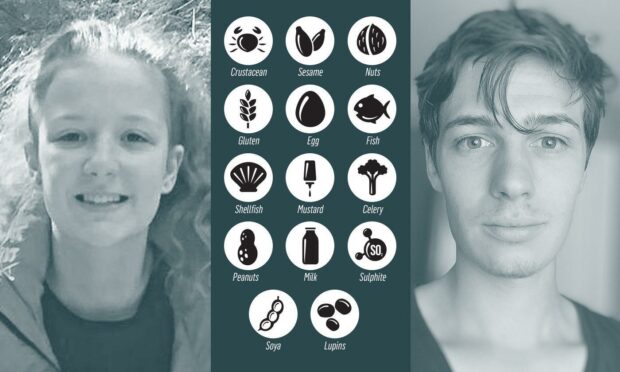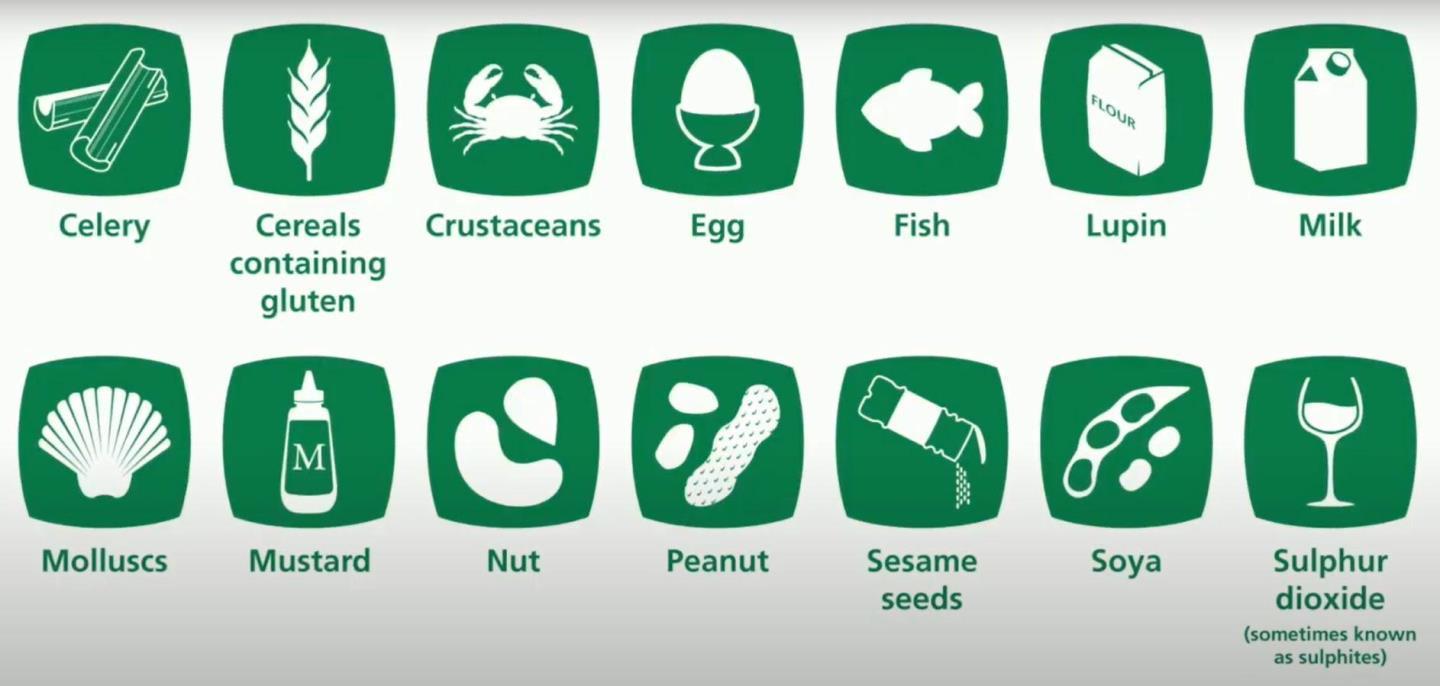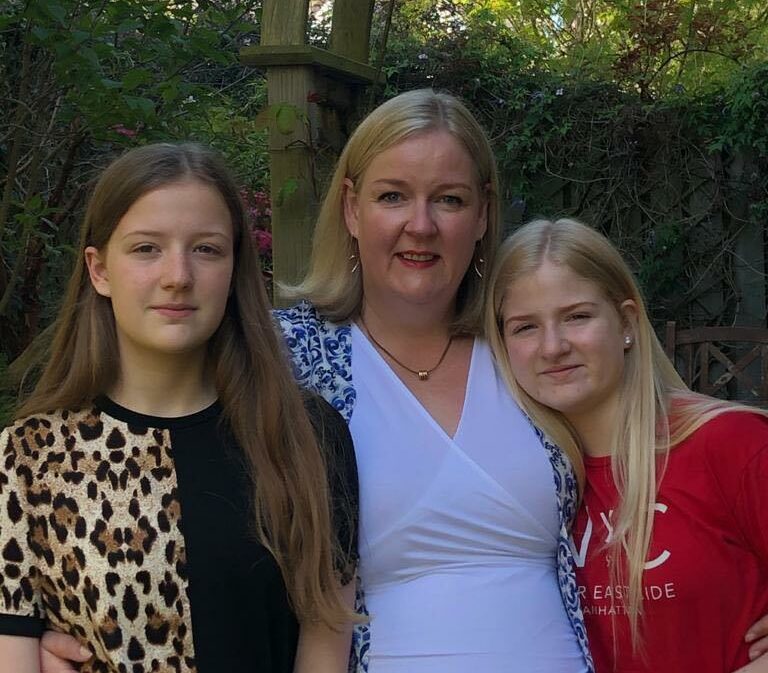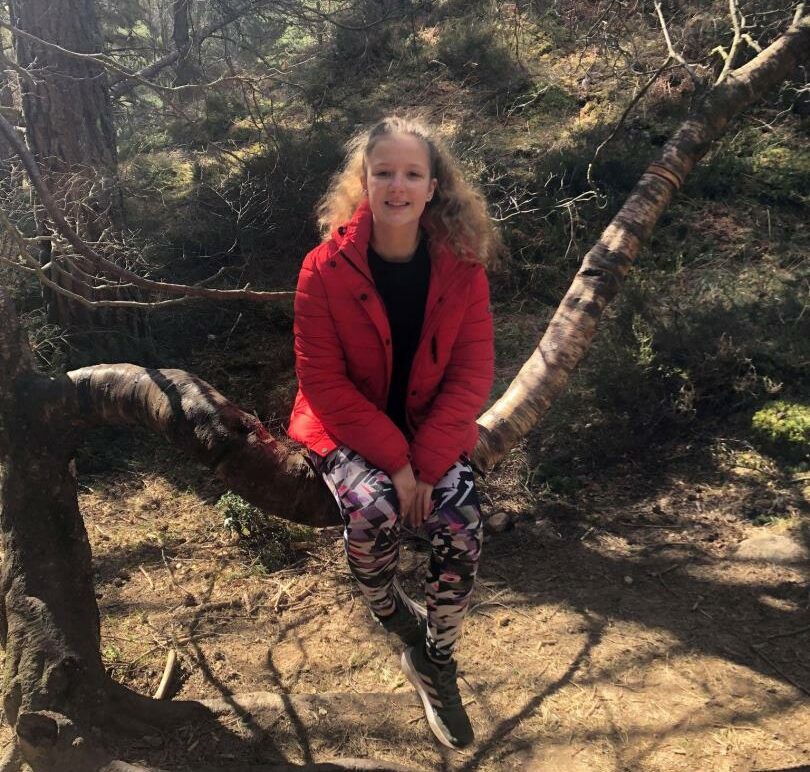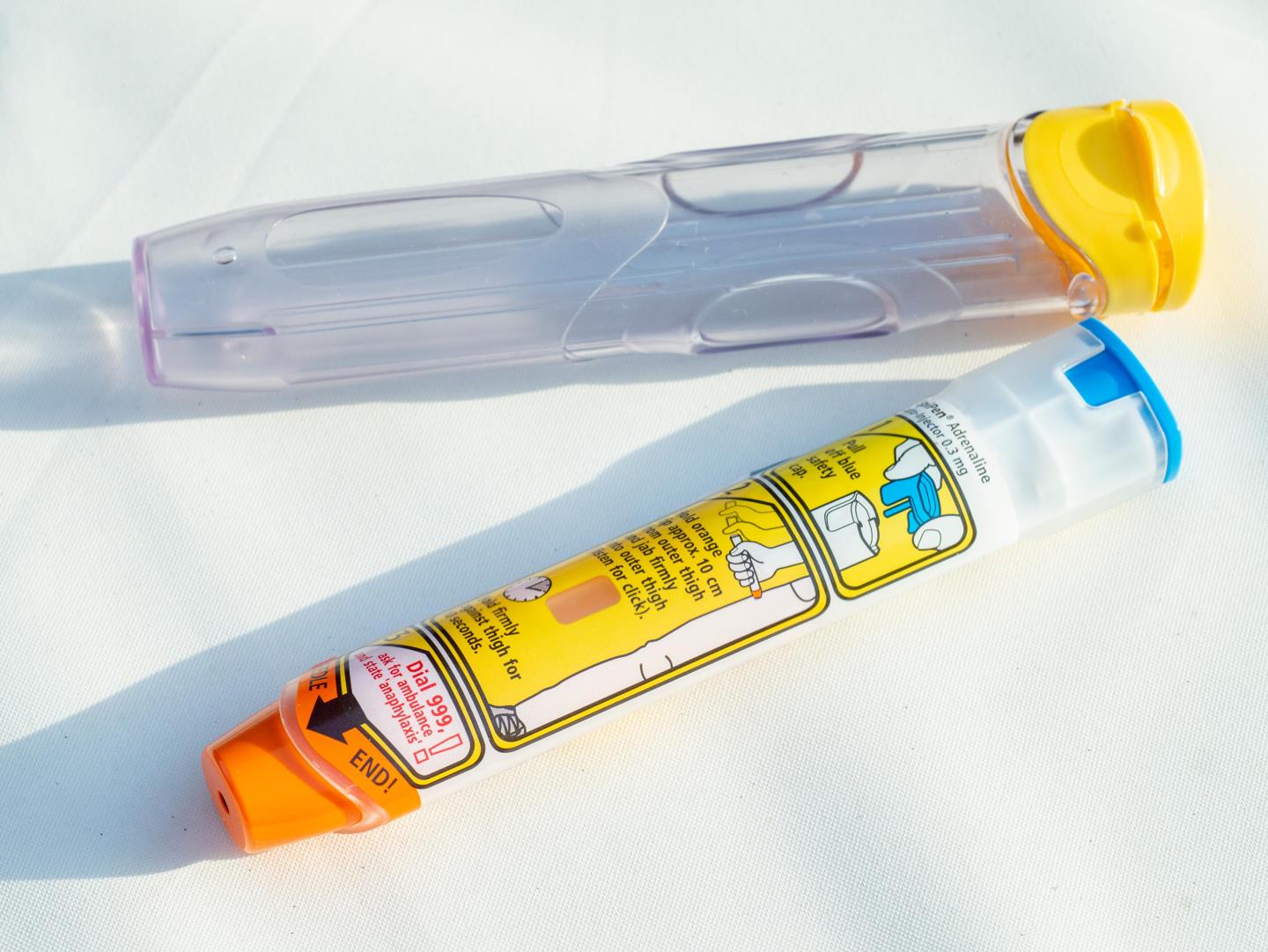Picking up food on-the-go is something many of us do regularly, with majority of us not even looking at the ingredients list. But for those with allergies, picking up the wrong sandwich could be the difference between life and death.
The introduction of Natasha’s Law earlier this month has now made this simple task much easier due to businesses now having to provide a full list of ingredients and allergens on foods packaged for sale on the premises.
The law was first put forward in 2019 following the tragic death of 15-year-old Natasha Ednan-Laperouse who, in 2016, suffered a fatal allergic reaction after eating a baguette bought from Pret a Manger which had undeclared sesame seeds in it.
And it has taken until now to finally get it introduced.
But what does this mean for those with allergies or living with family members who have them?
Confidence boost
Lesley Garden, a food blogger and mum-of-two who lives in Inverurie, Aberdeenshire with her husband, Keith, is all too familiar with food allergies.
Her daughter, Anna, 15, has a peanut allergy and has only in the last year or two grown out of her egg allergy which she has had from birth.
Lesley’s mum is also coeliac, so the introduction of this law will dramatically improve her family’s confidence in business’ highlighting what ingredients are in readymade on-the-go goods.
She said: “Egg is one of those allergies that you can grow out of but it was very severe when she was a baby. We got to the stage with her allergy testing where she was ingesting it and it was quite an emotional day when we found out she could eat egg. The two of us burst out crying. Unless you’re living it, I don’t think you understand the relief of ticking one off the list.
“This change in the law is long overdue. It seems ludicrous that you can sell something and not identify what is in it.
“For Anna, it gives her more confidence that everything is on the labelling. Allergies should be up front and central, and then the full ingredients should be listed. It helps her make properly informed decisions.
“It means she doesn’t have to just have a cheese and ham sandwich because they are safe. She is quite a foodie and the more awareness of it the better.”
‘Not a fad’
Anna’s egg allergy was so severe she could struggle to breathe if she ingested it. But while her peanut allergy still remains, Lesley is happy to see Anna gain even more independence when picking up food on-the-go.
“This is not a fad. It is life threatening to her if she eats these things. I think having her able to make these decisions for herself, without me, helps her grow up.
“All through primary school I had control over what she ate. When they make that step away from you in secondary, there is terror.
“You need to give your child independence but when she came to me to ask to go out for lunch at school terrified me.
Her throat constricts and she starts growling because she can’t breathe.”
Lesley Garden
“The fact that she can go and check all the labels of everything on sale is really reassuring. You can’t make their life different to their friends.
“I educate her to check labels, but if the labels aren’t right, where do you go from there?”
Room for improvement
While Anna carries her EpiPen on her at all times, and all of her close friends and family are trained in how to use it, Lesley says she still has concerns around eating out, especially in restaurants and cafes.
She has seen the sector adapt over the past 15 years she has been the parent of a child with allergies, but says more needs to be done when it comes to staff training and understanding the severity of allergies.
She added: “Staff training in restaurants needs to be better. Around 10 years ago I ordered Anna breakfast without eggs as I explained she had an egg allergy. They put it down with eggs on it. Thankfully her allergies aren’t airborne but I couldn’t believe it.
“Anna is 15 now and in all those years I’ve only been asked once by waiting staff if she has her EpiPen with her.
“I’ve had to explain, when people were vague, that she could potentially stop breathing. It is terrifying seeing it. Her throat constricts and she starts growling because she can’t breathe.
“Restaurants are far better now than they ever have been, but things still need to improve. With booking online so good nowadays I’m now able to let the restaurant know on the reservation.
“When I was in Wahaca in London they were phenomenal. She got her own menu and a table of ingredients on all of the dishes. It was so easy and took all the fear away. The manager dealt with Anna’s order separately. I’ve never had anything like it.
“Apps like LiberEat have also been so helpful and the way technology can be used to help people with allergies be more confident around food is so brilliant.”
“This law is a huge step in safeguarding those with life threatening allergies. It is life changing.”
“May contain nuts”
Thomas Johnstone is 25. He lives in Aberdeen and is a MSc in Sustainability Transitions student at the university of Aberdeen.
He has a nut, peanut and sesame allergy.
Due to the introduction of Natasha’s Law Thomas says he can now pick up food quicker and with confidence. However, he is still cautious with cross contamination always being an issue for those with allergies.
“I’m most allergic (anaphylactic) to hazelnuts and slightly allergy to sesame.
“I do think the introduction of the new law will help a lot. It does suck having gone into a store and find the products have unclear or no allergen labelling.
“For certain places, especially those that prepare the food fresh on the day, there will always be a cross contamination risk and that’s something we need to weigh up individually.
It is a real shame that it took a death for this kind of change to come into force.”
Thomas Johnstone.
“However I remember when Pret began putting a full ingredients lists on their products and it made things a lot easier for me to check.
“It is also a little embarrassing sometimes having to ask a staff member what ingredients are used in their products and then they pull out a huge folder of allergens. It takes away from the grab-and-go aspect.
Why did someone have to die for change?
With the law now in place, it is bitter sweet for those with allergies knowing that it took a tragic death for their concerns to be heard and legislation to be put in place.
He added: “It is a real shame that it took a death for this kind of change to come into force. I think there needs to be more information and awareness with allergies overall – especially with things such as EpiPens and using them.
“I could also go on about how ‘may contain’ labelling causes a lot of problems too and removes a lot of food that I could potentially eat.
“I’ve seen packages that say that they won’t guarantee the food is nut-free despite being made on a nut-free site and to a nut-free recipe.
“I hope Natasha’s Law helps people really realise how serious proper labelling is to us who have these allergies and that it leads to more positive change and awareness.
“We can all relate to being stressed and needing to get places quickly, so being able to know what’s in the food quicker and easier than having to talk to staff really helps out a lot.
“I hope it will also make supporting smaller, local businesses easier, too.”
